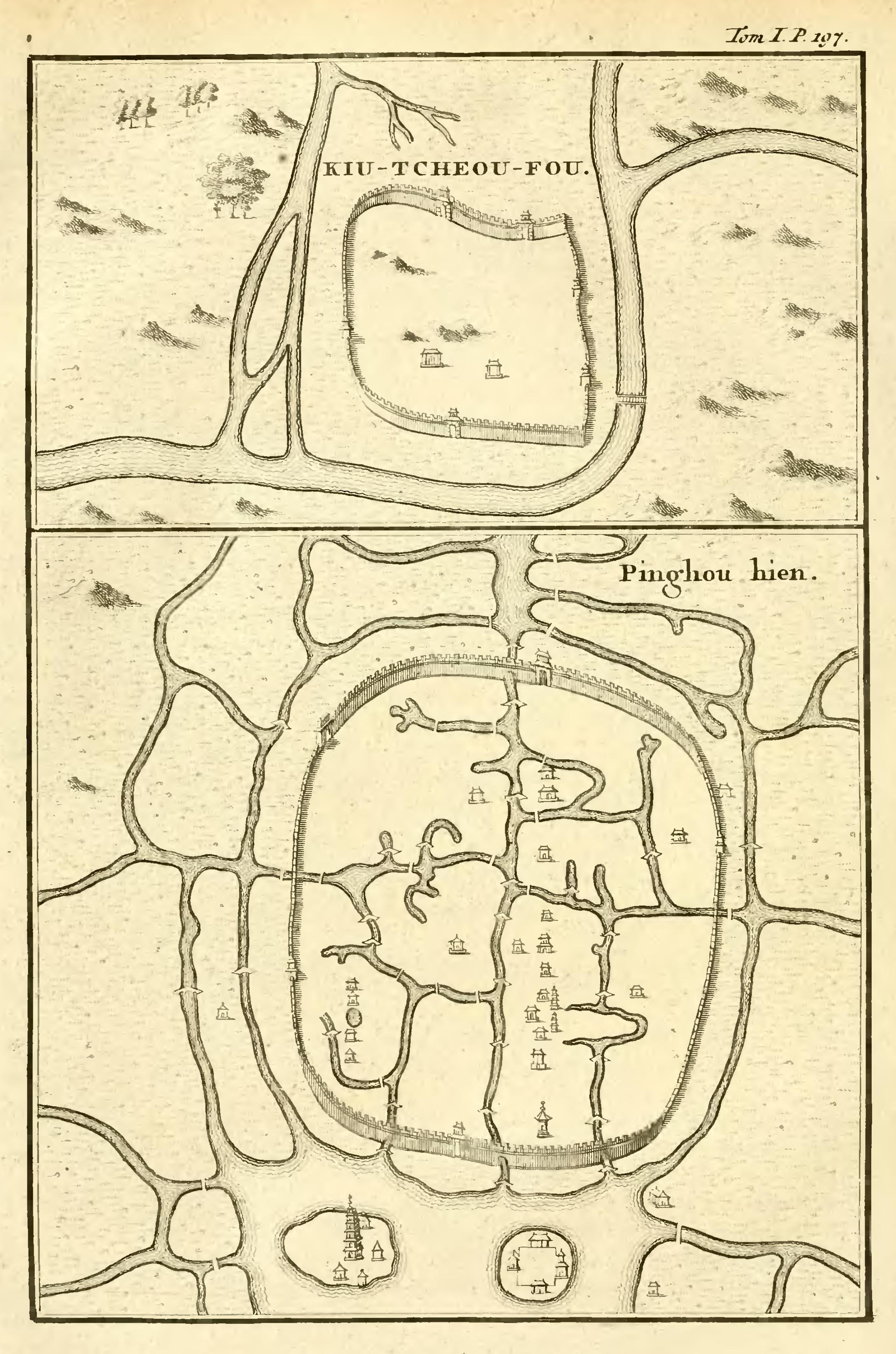|
Pinghu, Zhejiang
Pinghu is a county-level city in the east of Jiaxing's administrative area, in the northeast of Zhejiang Province, bordering Shanghai to the northeast. It sits next to the East China Sea and the north shore of Hangzhou Bay. Prior to the Ming Dynasty, Pinghu was part of Haiyan County. In 1430 Pinghu County was established. In 1991 Pinghu became a county-level city under the administration of the prefecture-level city of Jiaxing. History Zhapu, the site of a deepwater harbor, was the principal site of China's foreign trade with Korea and Japan during the 18th and 19th century. Administration 3 neighborhoods (subdistricts), 7 towns *neighborhood committee and offices ** Zhongdai neighborhood ** Danghu neighborhood ** Caoqiao neighborhood *towns **Zhapu ** Xindai ** Xincang **Huanggu ** Quantang ** Guangchen ** Lindai Geography and climate Pinghu is located on a low and flat plain and is laced with a network of rivers. A number of islands, such as Wangpan Shan are locate ... [...More Info...] [...Related Items...] OR: [Wikipedia] [Google] [Baidu] |
County-level City
A county-level municipality (), county-level city or county city, formerly known as prefecture-controlled city (1949–1970: ; 1970–1983: ), is a Administrative divisions of China#County level (3rd), county-level administrative division of the China, People's Republic of China. County-level cities have judiciary, judicial but no legislature, legislative rights over their own local ordinance, local law and are usually governed by Administrative divisions of China#Prefectural level (2nd), prefecture-level divisions, but a few are governed directly by Administrative divisions of China#Provincial level (1st), province-level divisions. A county-level city is a "city" () and "county" () that have been merged into one unified jurisdiction. As such it is simultaneously a city, which is a municipal entity and a county which is an administrative division of a prefecture. Most county-level cities were created in the 1980s and 1990s by replacing denser populated Counties of Chin ... [...More Info...] [...Related Items...] OR: [Wikipedia] [Google] [Baidu] |
Joseon
Joseon (; ; Middle Korean: 됴ᇢ〯션〮 Dyǒw syéon or 됴ᇢ〯션〯 Dyǒw syěon), officially the Great Joseon (; ), was the last dynastic kingdom of Korea, lasting just over 500 years. It was founded by Yi Seong-gye in July 1392 and replaced by the Korean Empire in October 1897. The kingdom was founded following the aftermath of the overthrow of Goryeo in what is today the city of Kaesong. Early on, Korea was retitled and the capital was relocated to modern-day Seoul. The kingdom's northernmost borders were expanded to the natural boundaries at the rivers of Amrok and Tuman through the subjugation of the Jurchens. During its 500-year duration, Joseon encouraged the entrenchment of Confucian ideals and doctrines in Korean society. Neo-Confucianism was installed as the new state's ideology. Buddhism was accordingly discouraged, and occasionally the practitioners faced persecutions. Joseon consolidated its effective rule over the territory of current Korea and saw the ... [...More Info...] [...Related Items...] OR: [Wikipedia] [Google] [Baidu] |
Chinese Cabbage
Chinese cabbage (''Brassica rapa'', subspecies ''pekinensis'' and ''chinensis'') can refer to two cultivar groups of leaf vegetables often used in Chinese cuisine: the Pekinensis Group (napa cabbage) and the Chinensis Group (bok choy). These vegetables are both variant cultivars or subspecies of the turnip and belong to the same genus as such Western staples as cabbage, broccoli, and cauliflower. Both have many variations in name, spelling, and scientific classification, especially bok choy cultivars. History The Chinese cabbage was principally grown in the Yangtze River Delta region, but the Ming dynasty naturalist Li Shizhen popularized it by bringing attention to its medicinal qualities. The variant cultivated in Zhejiang around the 14th century was brought north, and the northern harvest of napa cabbage soon exceeded the southern one. These were then exported back south along the Grand Canal to Hangzhou and traded by sea as far south as Guangdong. Napa cabbage became a s ... [...More Info...] [...Related Items...] OR: [Wikipedia] [Google] [Baidu] |
Caoqiao Subdistrict
Caoqiao may refer to: * Caoqiao station (草桥站), Beijing subway, China * Caoqiao, Xuzhou (草桥镇), a town in Jiangsu Province, China * Caoqiao Subdistrict (曹桥街道), in Jiaxing, Zhejiang Province, China {{dab ... [...More Info...] [...Related Items...] OR: [Wikipedia] [Google] [Baidu] |

